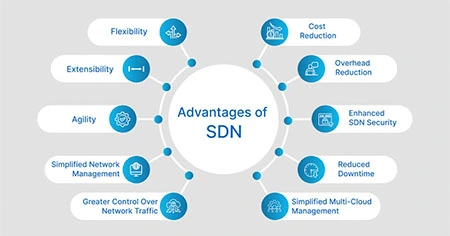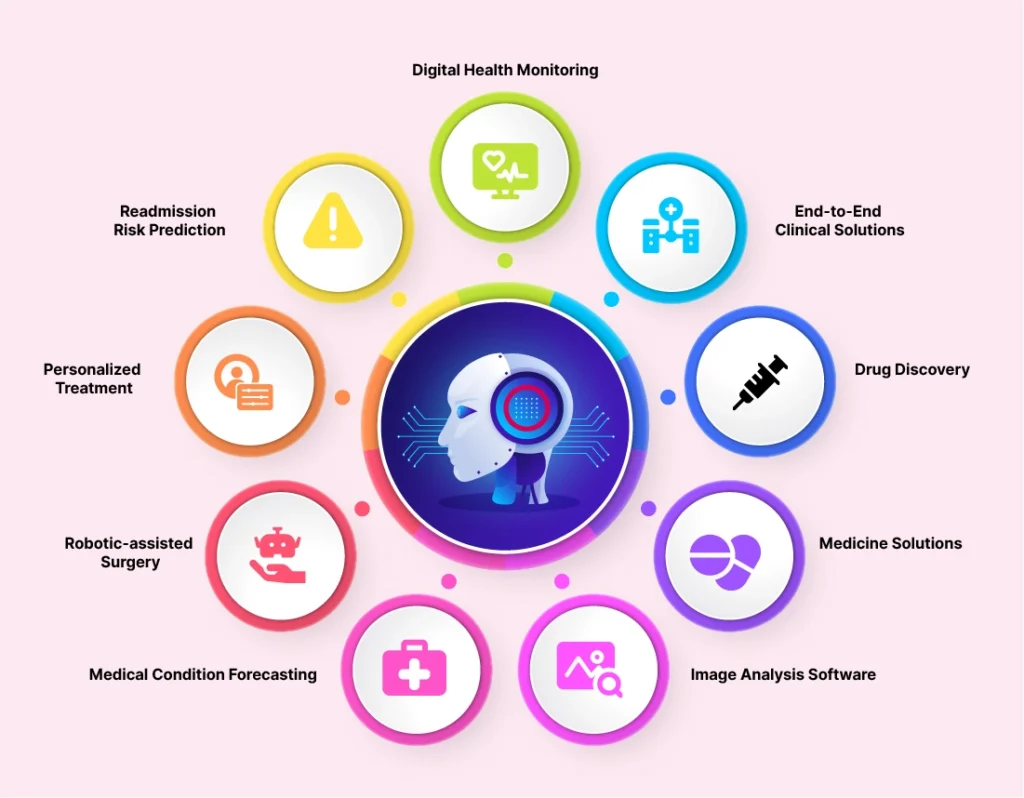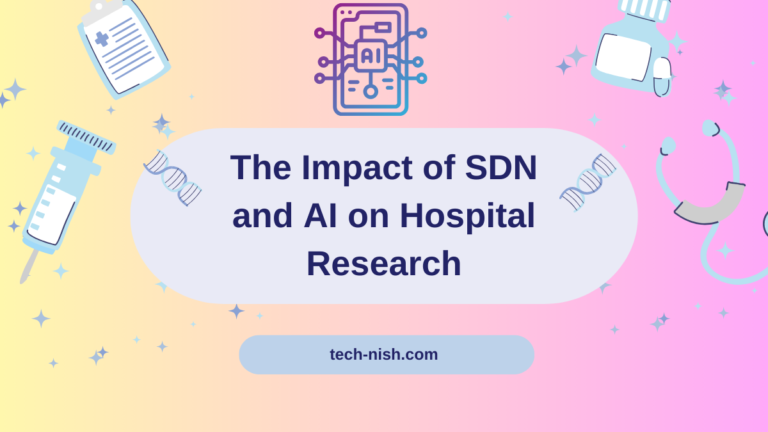The Impact of SDN and AI on Hospital Research
In the rapidly evolving field of healthcare, technology continues to revolutionize how hospitals conduct research and provide patient care. Two groundbreaking technologies, Software-Defined Networking (SDN) and Artificial Intelligence (AI), are transforming hospital research. These innovations are enabling healthcare institutions to achieve new levels of efficiency, accuracy, and innovation.
Table of Contents
What is Software-Defined Networking (SDN)?
SDN is a network architecture approach that decouples the control plane from the data plane in networking equipment. By centralizing network control, SDN allows hospitals to manage their networks dynamically and efficiently. This flexibility is crucial for handling the vast amounts of data generated by medical research and patient records.

Benefits of SDN in Hospitals:
- Enhanced Data Management: SDN facilitates seamless data flow between different departments, enabling researchers to access and share information in real-time.
- Scalability: As the volume of data grows, SDN allows hospitals to scale their networks without significant infrastructure changes.
- Cost-Effectiveness: By reducing reliance on traditional hardware, SDN minimizes operational costs.
- Improved Security: With centralized control, hospitals can implement robust security protocols to protect sensitive patient data and research findings.
The Role of Artificial Intelligence in Hospital Research
AI is at the forefront of innovation in healthcare, offering unparalleled capabilities in data analysis, diagnosis, and treatment planning. In hospital research, AI empowers researchers to process vast datasets, uncover hidden patterns, and make data-driven decisions.

Key Applications of AI in Hospital Research:
- Predictive Analytics: AI algorithms analyze historical data to predict disease outbreaks, patient outcomes, and treatment efficacy. Tools like TensorFlow and PyTorch are widely used for building predictive models.
- Drug Discovery: AI accelerates drug development by identifying potential compounds and predicting their effectiveness. Tools like IBM Watson support this process.
- Medical Imaging: Advanced AI models enhance the accuracy of medical imaging, aiding in the early detection of conditions like cancer and cardiovascular diseases. Aidoc is an example of an AI tool used in medical imaging.
- Clinical Trials: AI streamlines patient recruitment, monitors trial progress, and analyzes outcomes more efficiently. Tools such as Deep 6 AI are instrumental in this area.
Synergy Between SDN and AI
The integration of SDN and AI creates a powerful ecosystem for hospital research. While SDN ensures efficient data flow and network reliability, AI leverages this data to deliver actionable insights. Together, these technologies enable:
- Real-Time Data Analysis: AI can process data transmitted via SDN networks in real time, providing researchers with instant insights.
- Enhanced Collaboration: SDN’s flexibility allows seamless sharing of AI-generated findings among multidisciplinary teams.
- Optimized Resource Allocation: AI models analyze network traffic managed by SDN to optimize resource usage and prevent bottlenecks.
Case Studies: Real-World Applications
- Cancer Research: Hospitals leveraging SDN and AI have achieved breakthroughs in personalized cancer treatments by analyzing genetic data and treatment responses.
- Infectious Disease Monitoring: AI-driven predictive models, combined with SDN’s real-time data transmission, help track and contain infectious disease outbreaks.
Challenges and the Way Forward
Despite their potential, the adoption of SDN and AI in hospital research faces challenges such as high implementation costs, data privacy concerns, and the need for specialized expertise. However, with ongoing advancements and strategic investments, these barriers are gradually being overcome.
Conclusion
SDN and AI are reshaping the landscape of hospital research, driving once unimaginable innovations. By embracing these technologies, healthcare institutions can enhance research capabilities, improve patient outcomes, and pave the way for a healthier future. As we move forward, the synergy between SDN and AI will undoubtedly play a pivotal role in the evolution of modern healthcare.
